CS194-26 Project 2: Fun with Filters and Frequencies!
Sairanjith Thalanki | 3032739634 | sthalanki@berkeley.edu | cs194-26-adm
Part 1.1: Finite Difference Operator
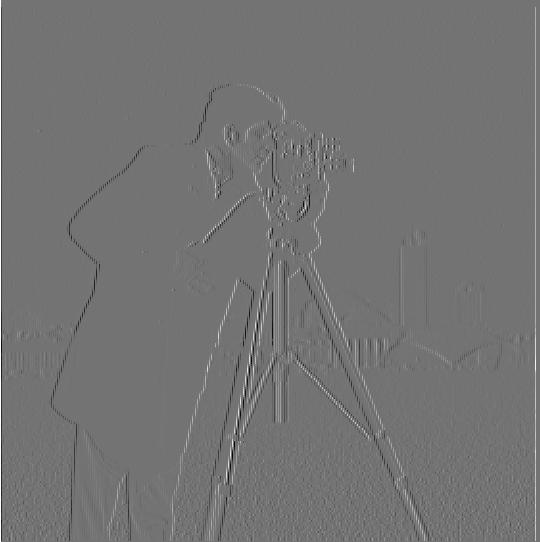
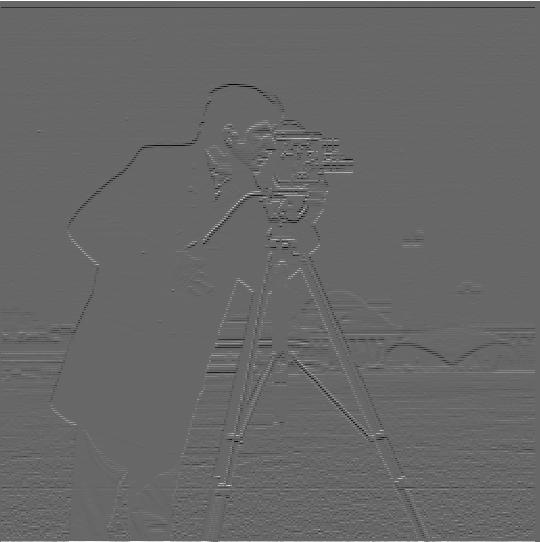
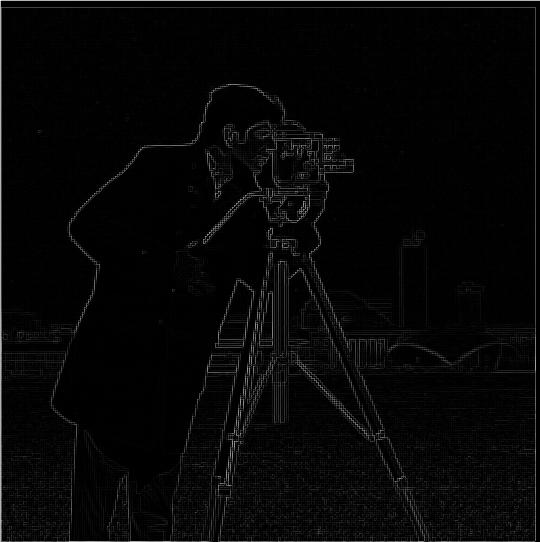
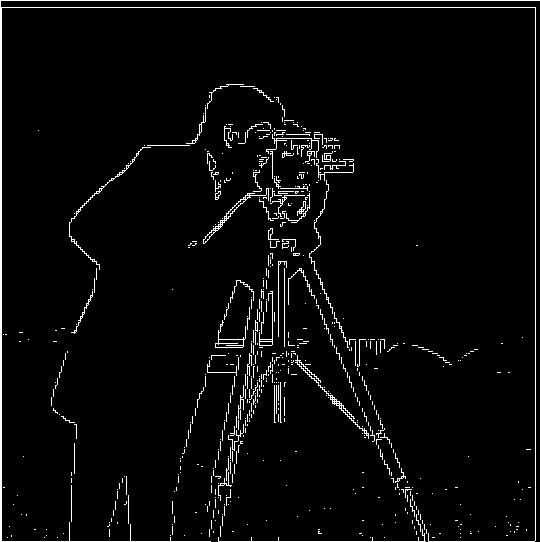
Part 1.2: Derivative of Gaussian (DoG) Filter
You get the same result if you convolve the image with the gaussian filter and then convolve that result with the finite difference operator and if you convolve the gaussian filter and the finite difference operator first and then convolve the image with the combined filter. I used a gaussian kernel with sigma 2 and multiplied the kernel by its transpose to get a 2D gaussian filter to use for blurring. Between part 1.1 and part 1.2, the major difference is there is less noise especially in the grass at the bottom of the image.


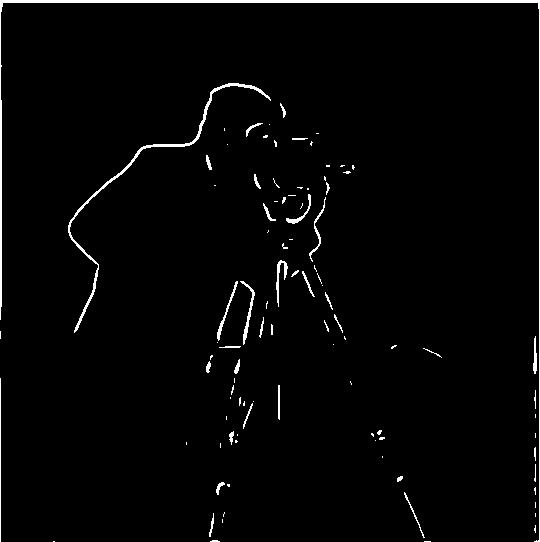
Part 1.3: Image Straightening
In order to straighten our image, we check which rotation has the greatest number of vertical and horizontal edges (edges with angles close to 0, 90, 180, 270 degrees) because gravity causes many objects to have vertical & horizontal structures to stay balanced. I found that a rotation of -4 degrees led to straightened image.
- First, we loop through all of rotations that we would like to consider. In my case, I looped through either -180 degrees to 180 degrees to check all possible rotations or -45 to 45 if I'm confident that the image is upright and I would like run the code quickly.
- Next, we compute the gradient angles at every pixel (excluding the black border and any other non-edges by checking if the gradient magnitude is greater than 0.1) by taking arctan2(dy, dx)
- Finally, we count the number of gradient edges with angles that are within some threshold (5 degrees) of 0, 90, 180, 270 and we pick the rotation with the max count of edges.

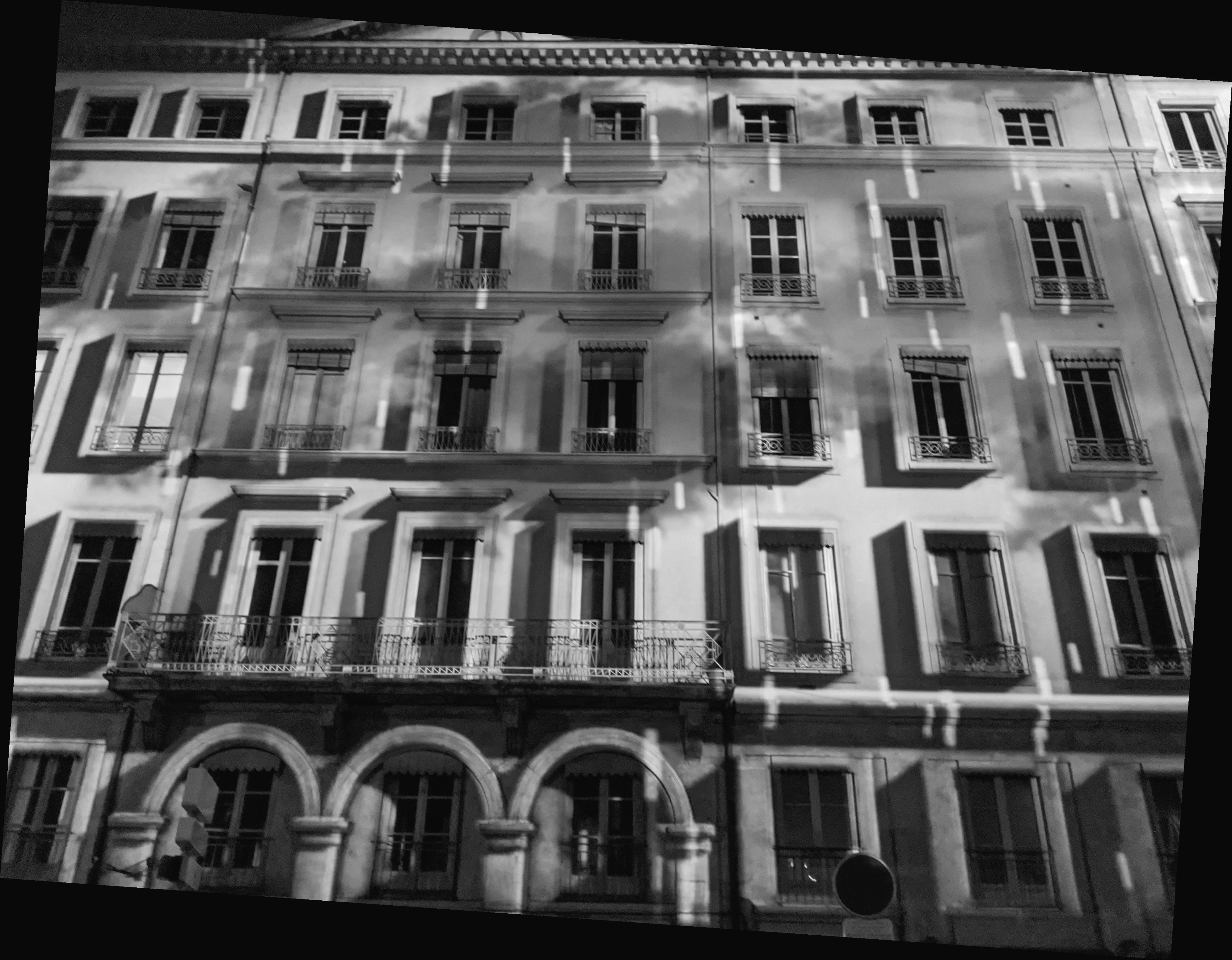
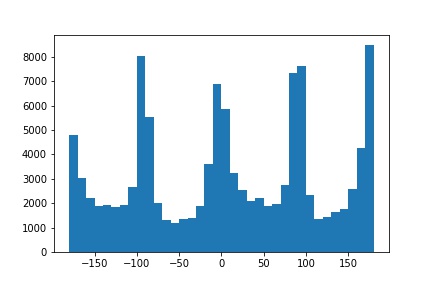

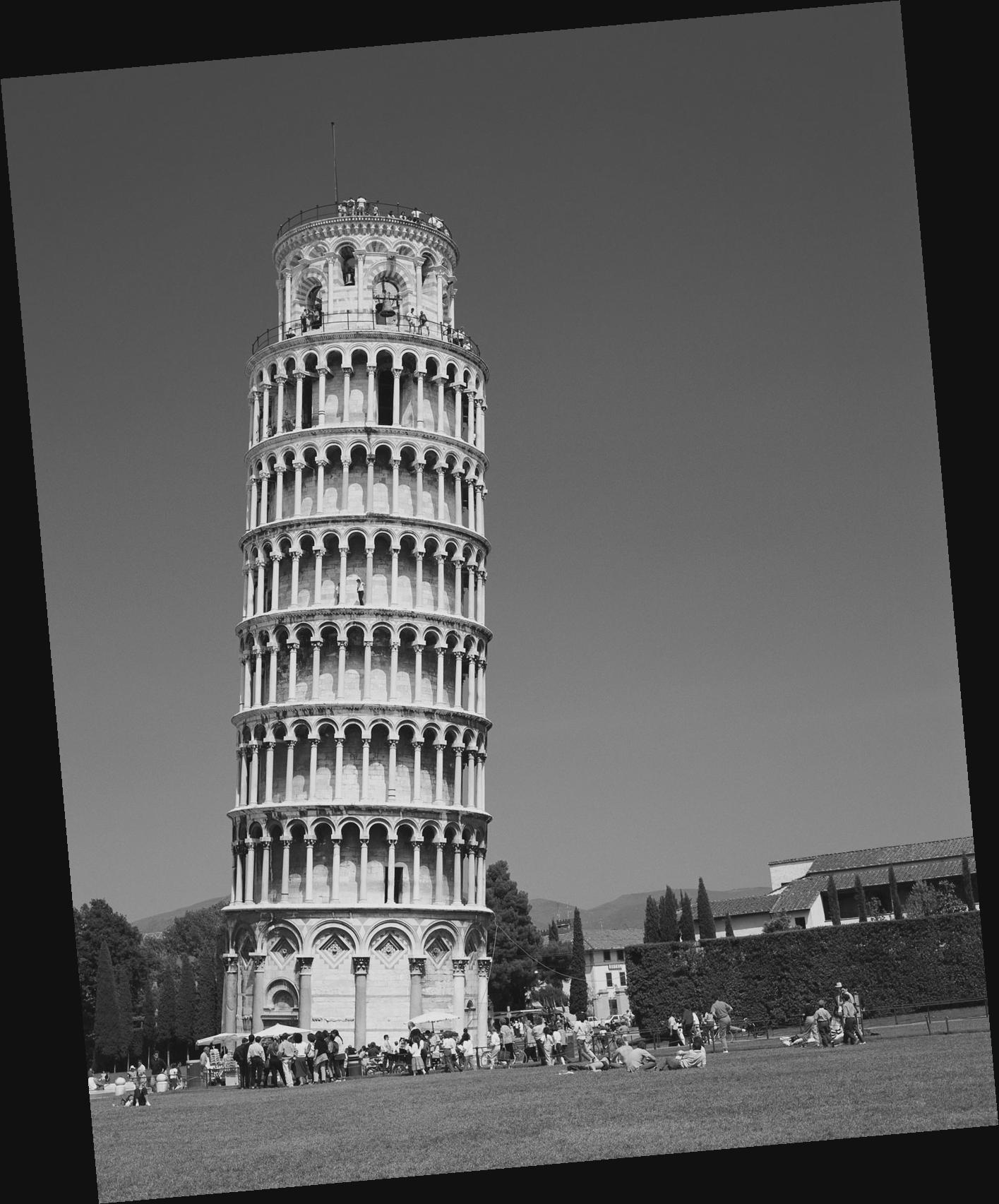
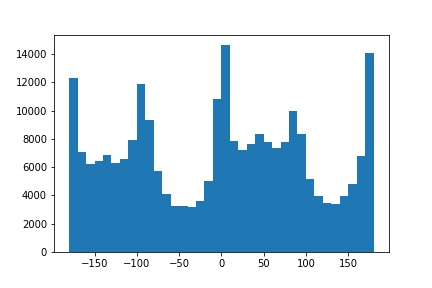

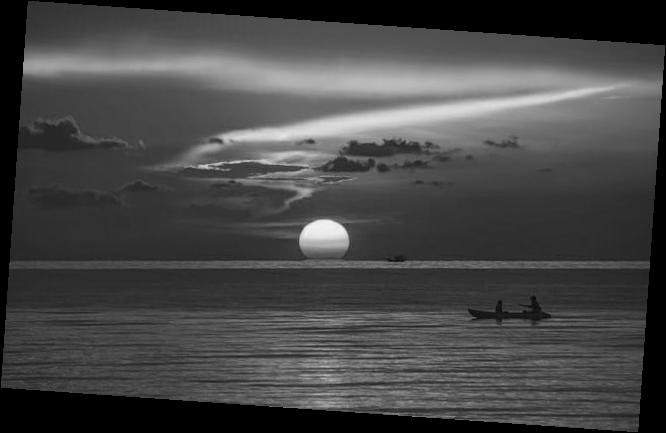

Part 2.1: Image Sharpening
In order to sharpen images, we use the unsharp mask filter. We create this filter by taking (1 + alpha) * unit_impulse - alpha * gauss2D. I used an alpha of 0.75. My observation is that the sharpening makes the image duller but we can also see greater contrast and enhanced edges.


We can see with the rocky landscape below that image sharpening method doesn't recover the original image. There are some artifacts of the sharpening including that the image looks signficantly dimmer and the resolution seems to be lower.

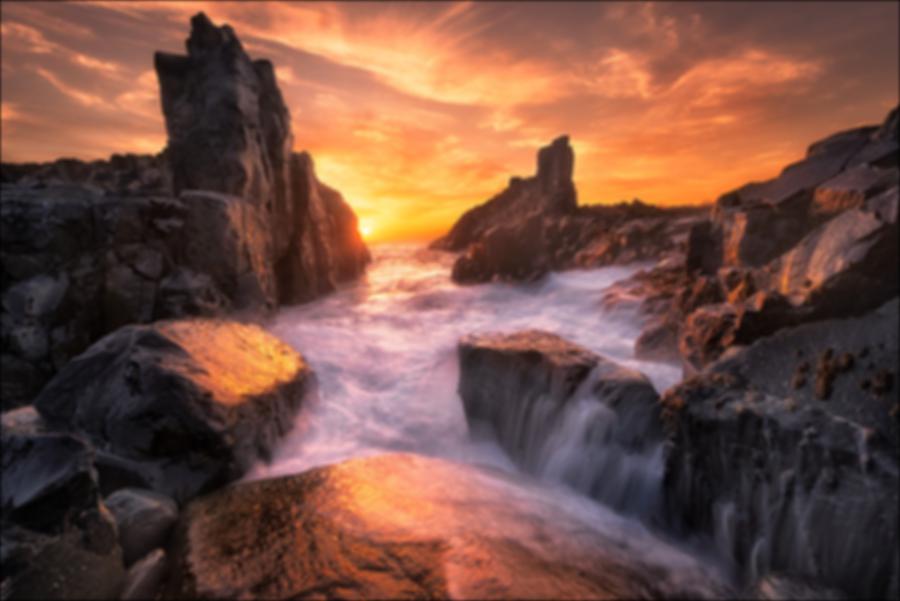
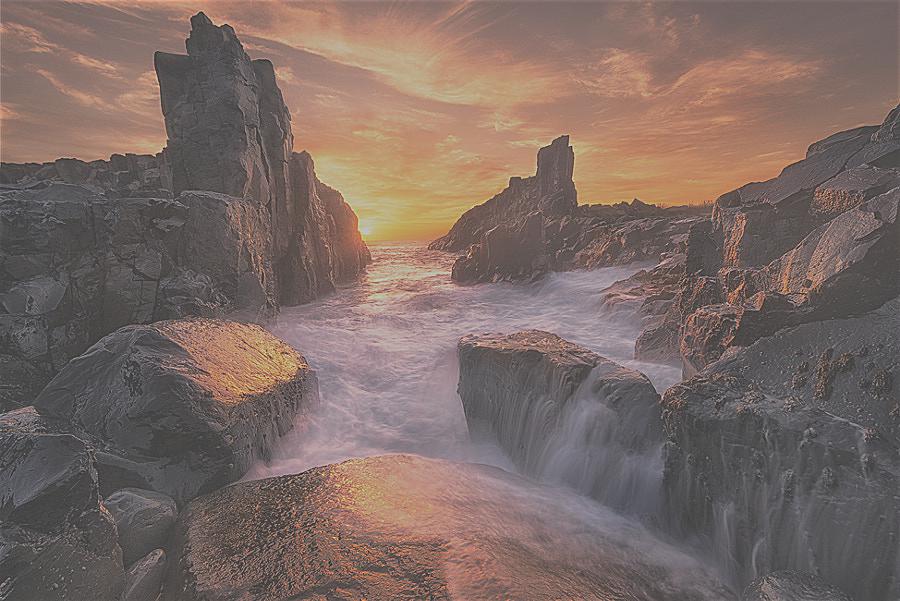
Part 2.2: Hybrid Images
For this section, we are create hybrid images which are 2 images that are "blurred" together so that you see one image at a far away distance (when you see mostly low frequencies) and another image when you are at a close distance (when you see mostly high frequencies). We acheive this by applying a gaussian blur on the first image and the convolving a laplacian (unit impulse - gaussian blur) with the second image. We add the 2 images together to get the hybrid iamge. I used sigma1 = 7 and sigma2 = 20 to generate the gaussian kernels I used for the low pass and high pass filter. The hybrid of Donald Trump and Joe Biden did not look as good as the other hybrid images since the two images didn't align.
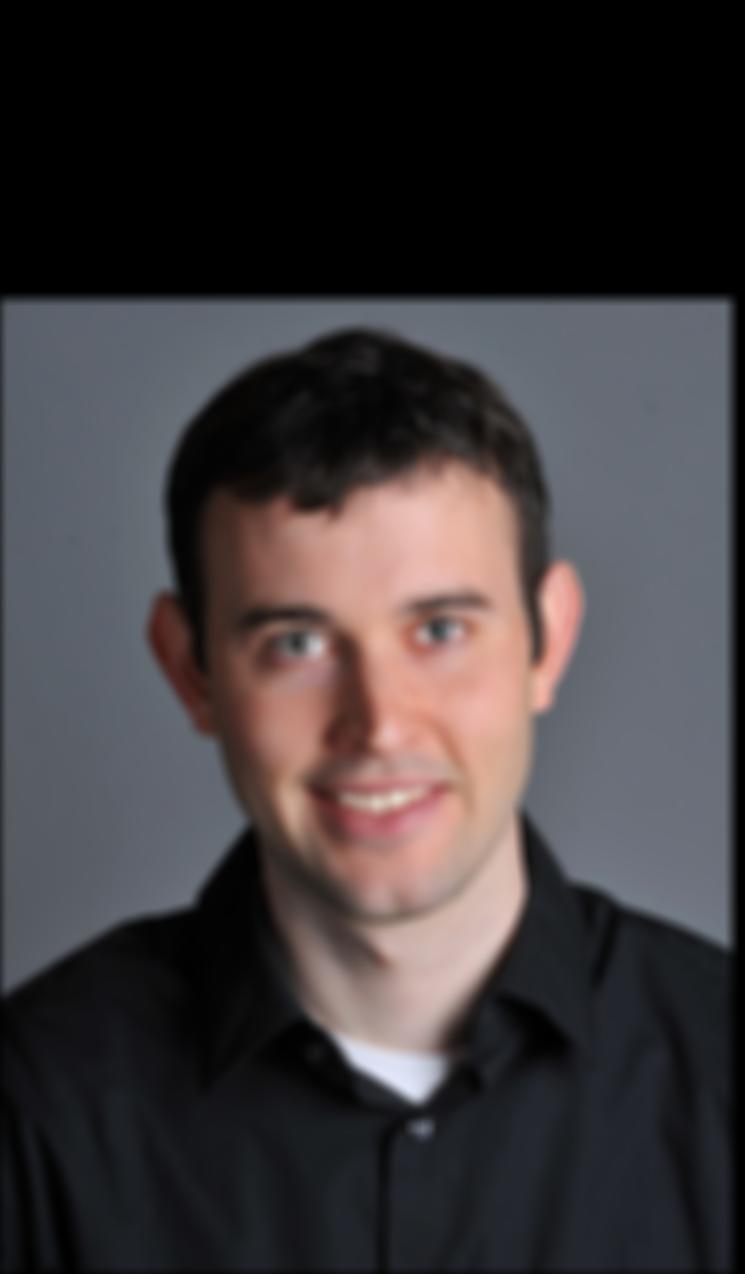
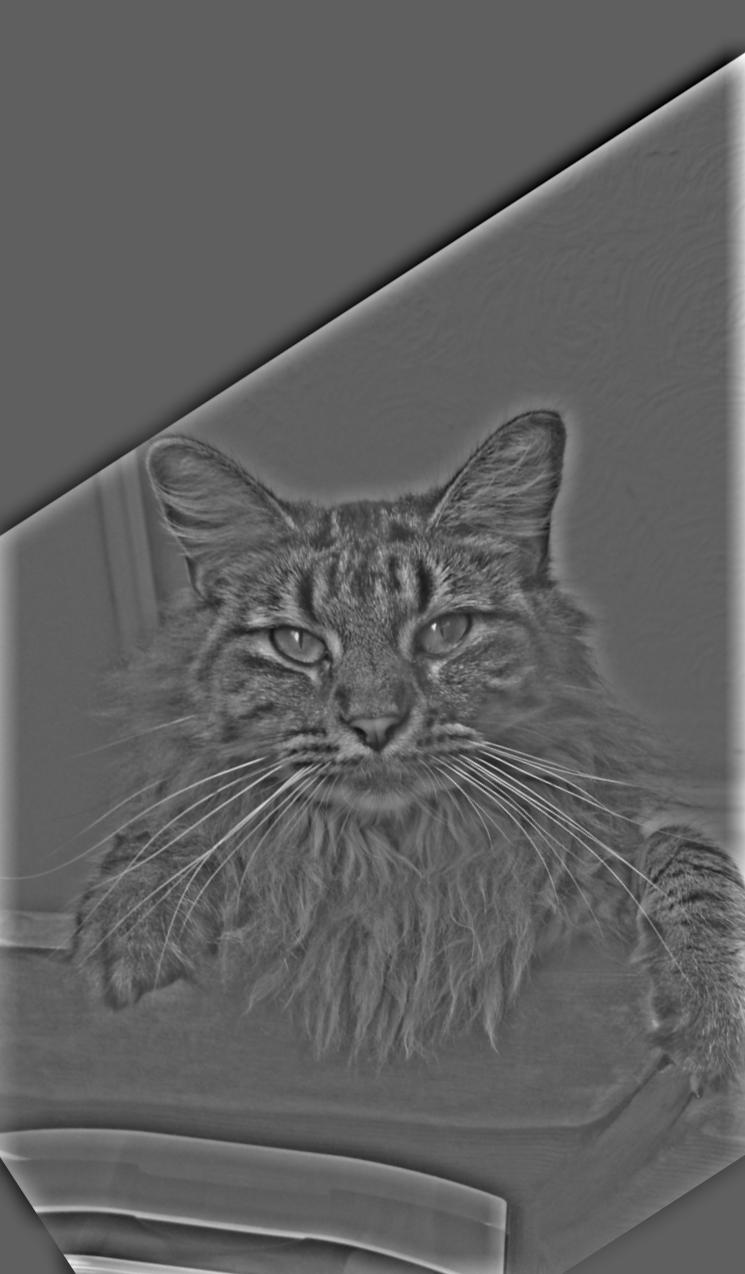

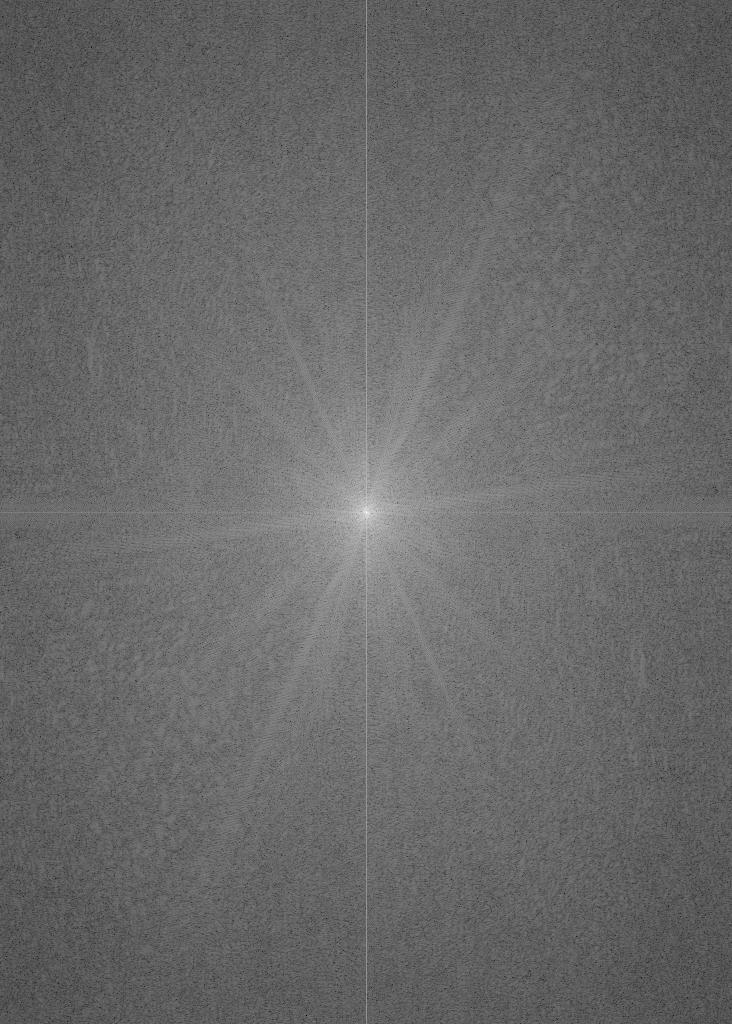
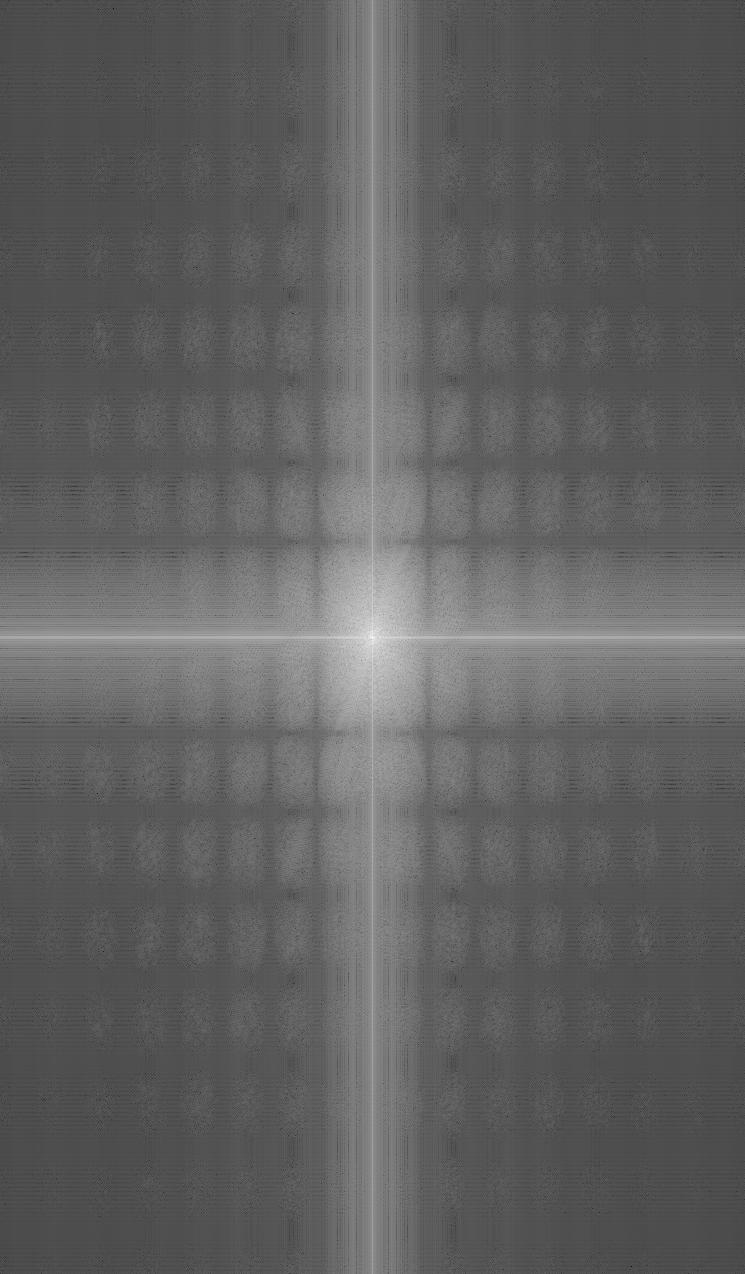
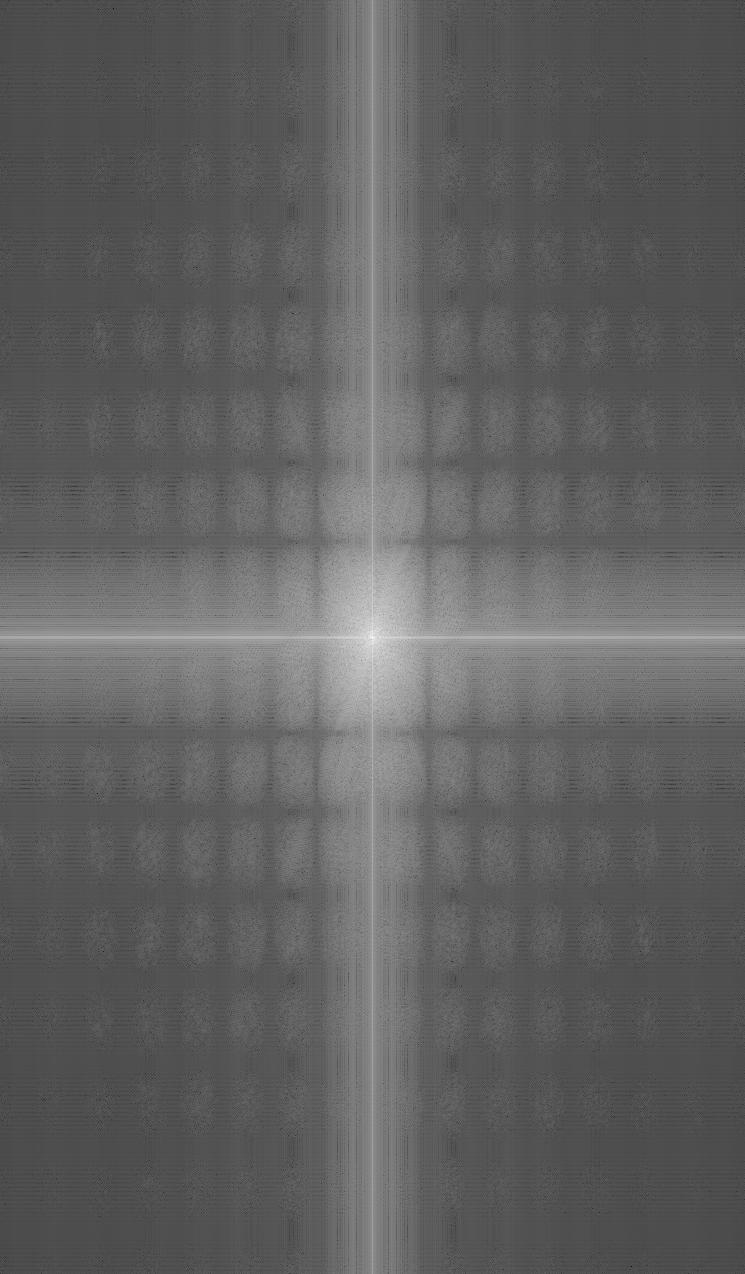
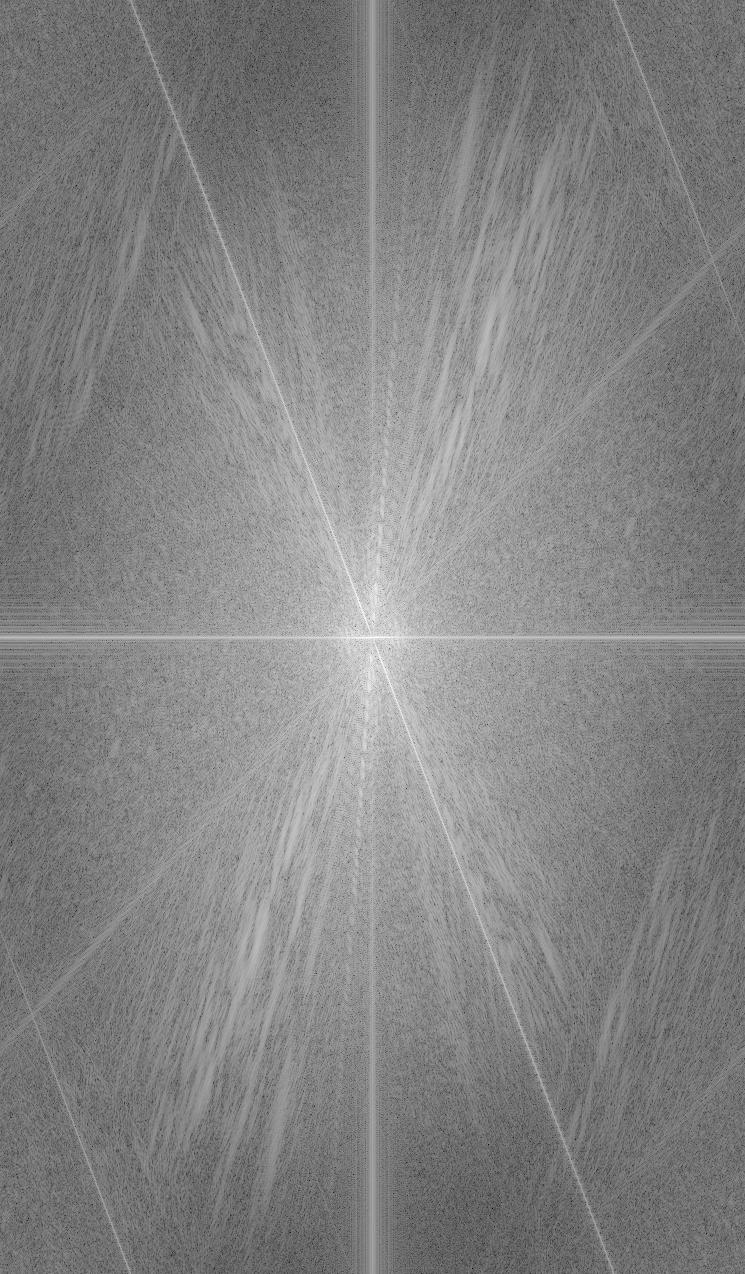
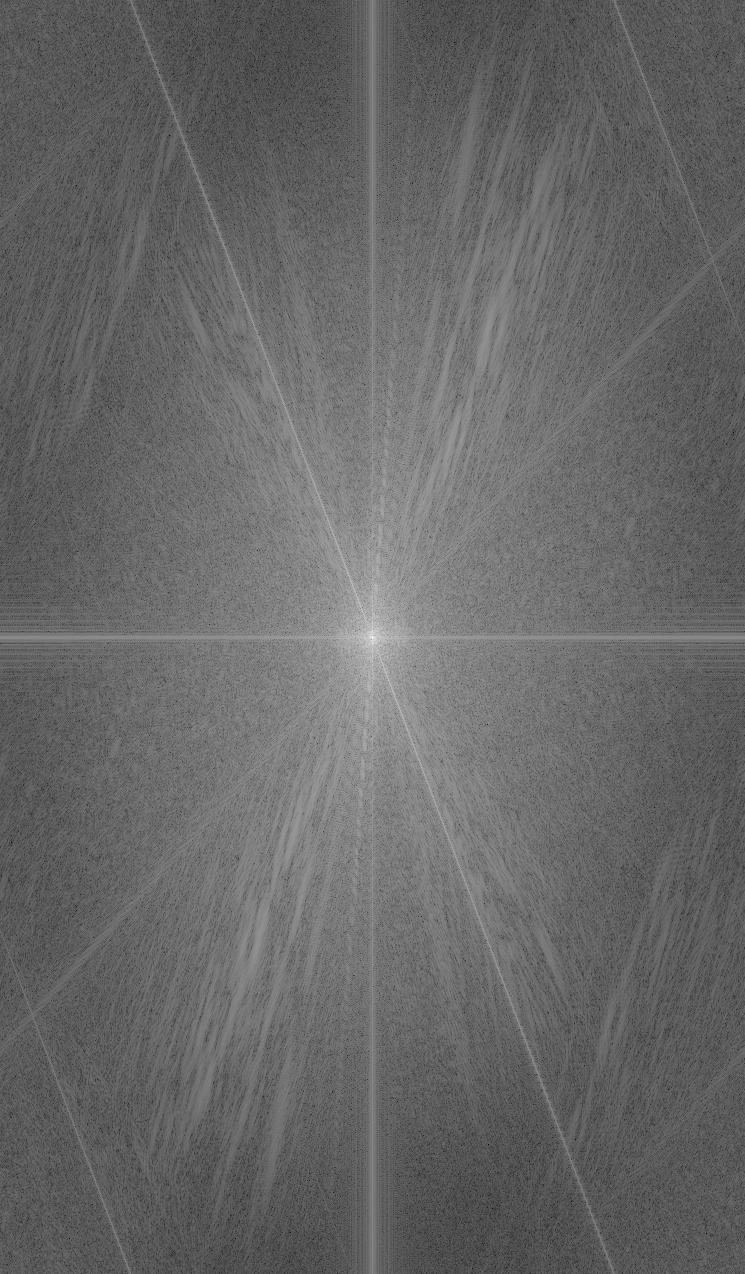


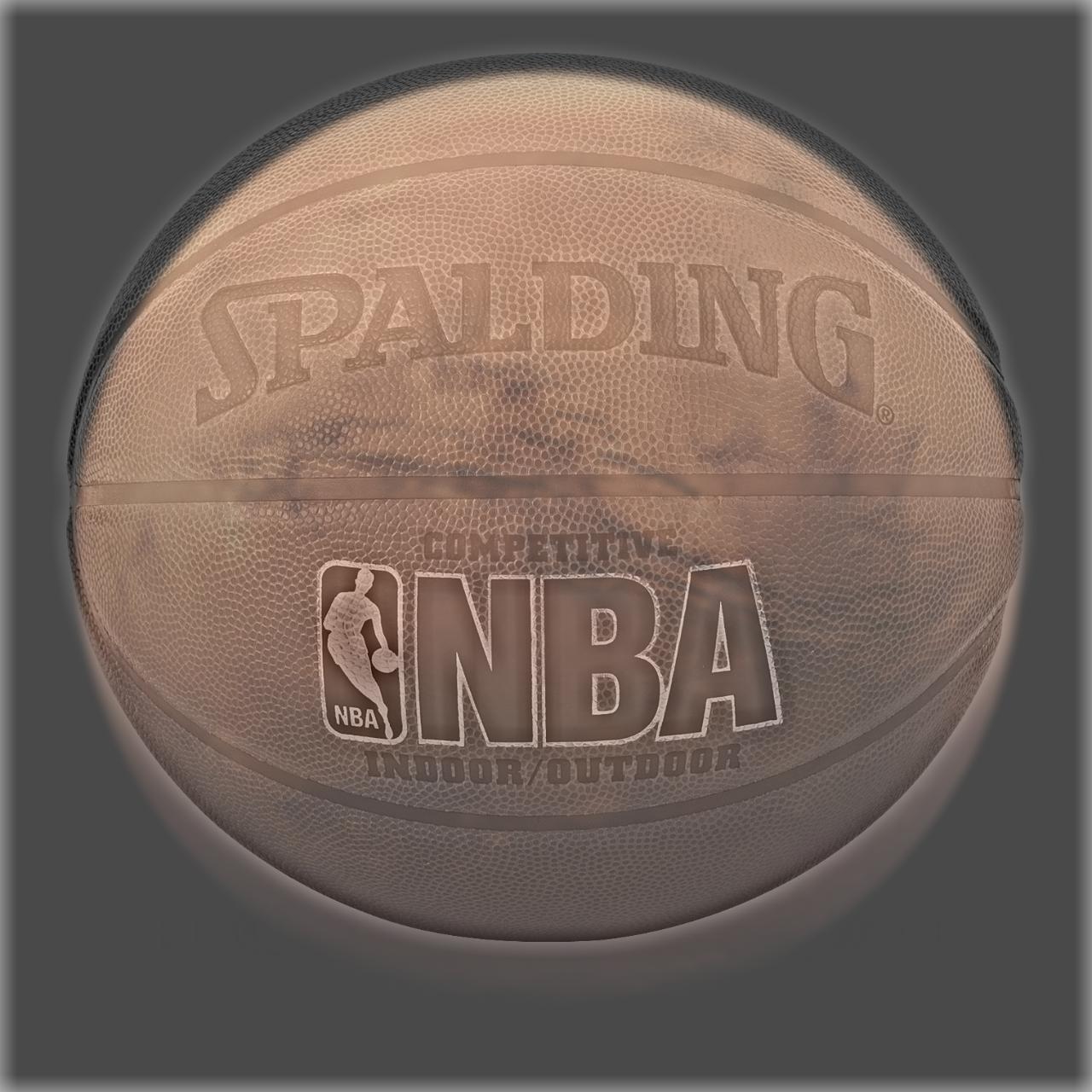
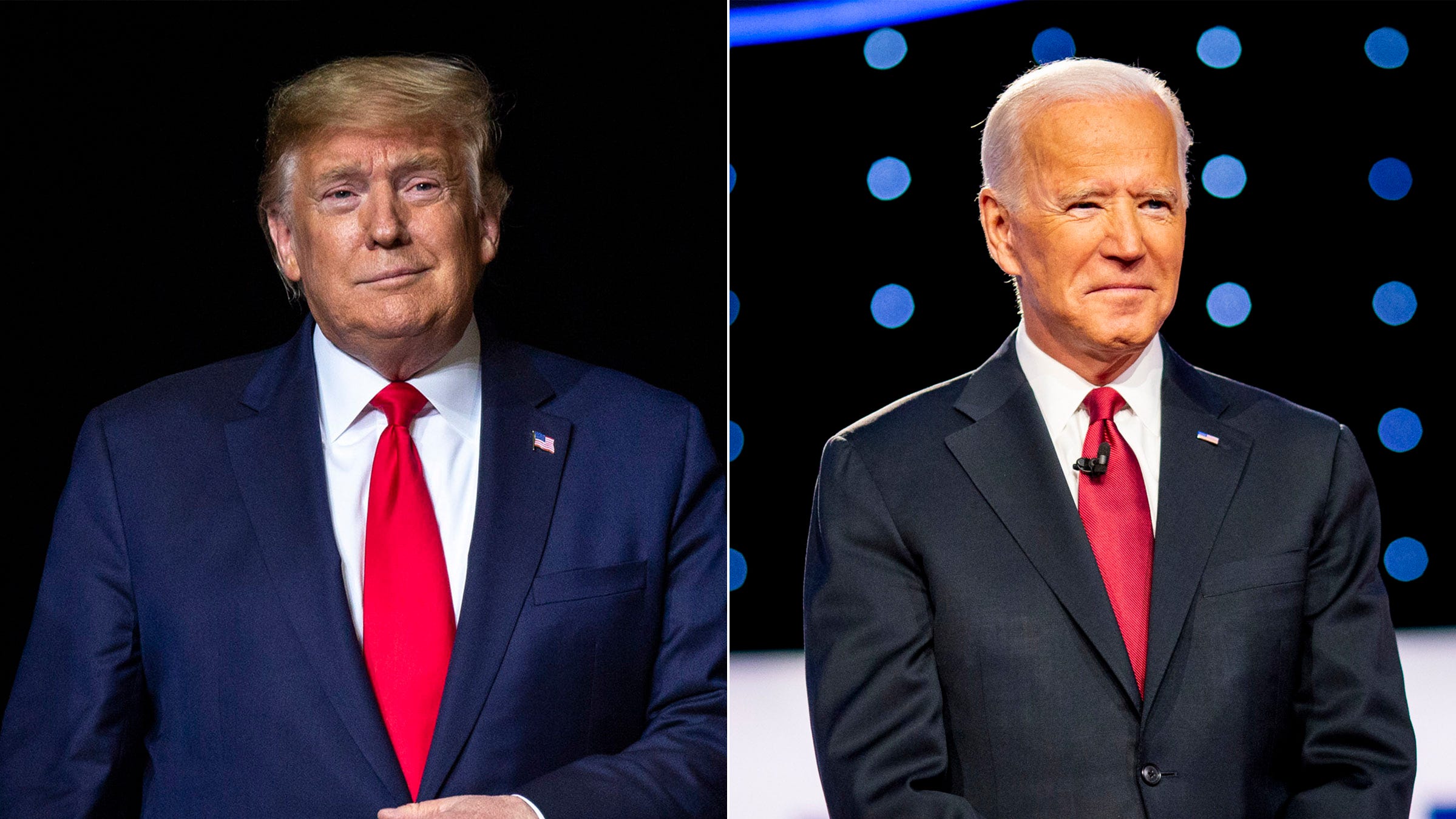
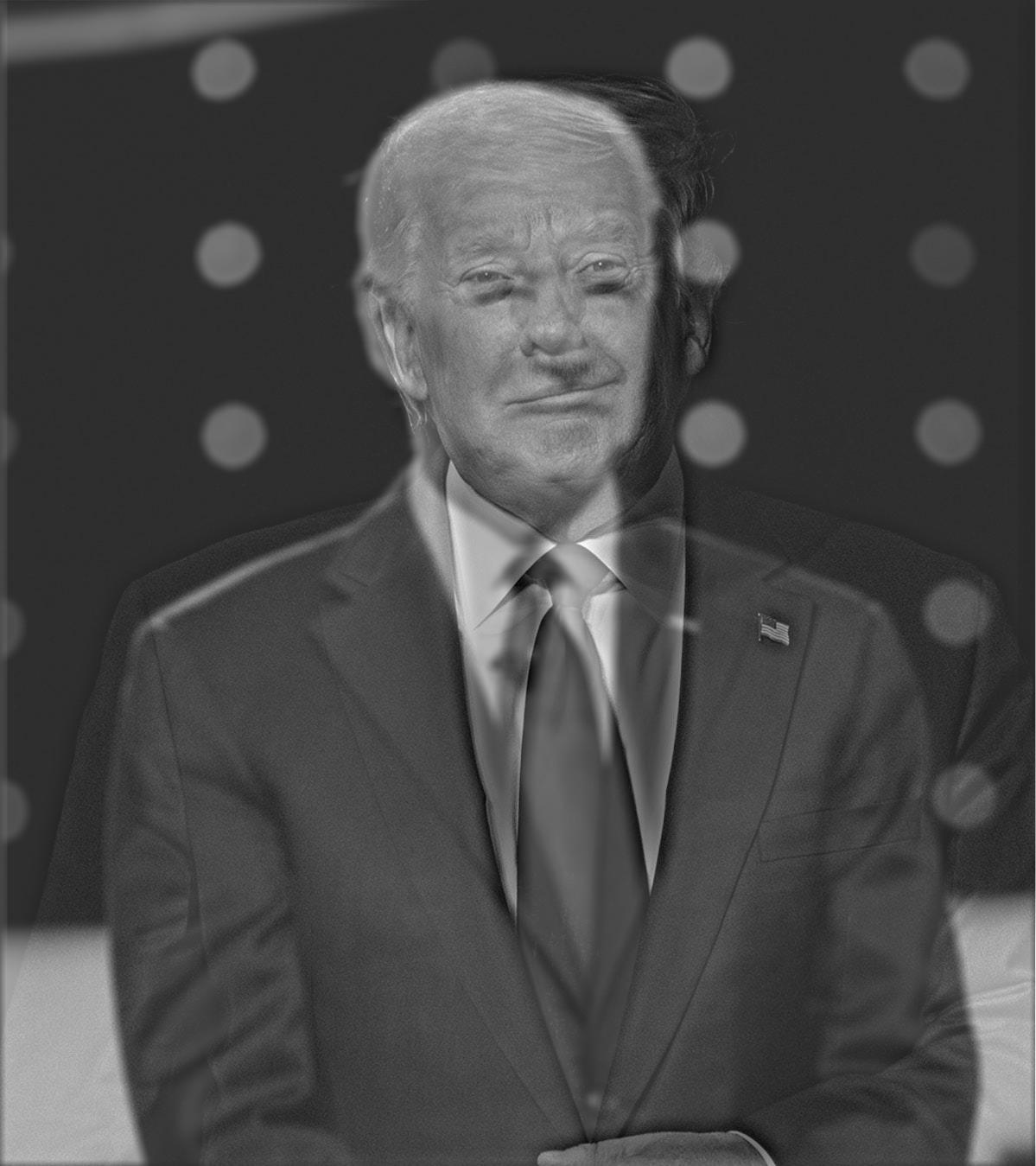
Part 2.3: Gaussian and Laplacian Stacks
In this part, I created a Gaussian and a Laplacian stack using sigma 2 for both. I created the gaussian stack by convolving the gaussian kernel with itself n times for n levels. I then applied the new filter on the image. Next, I created the laplacian stack by creating a new filter which is the unit impulse minus the gaussian kernel. I convolved this filter with itself n times and then applied it on the image.

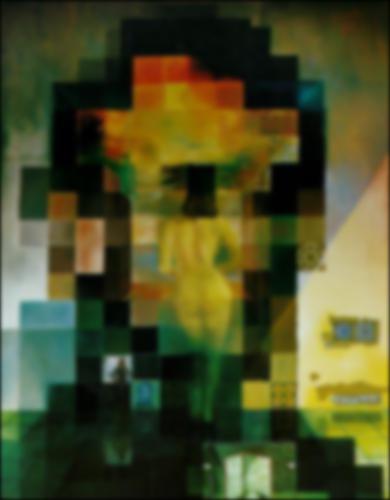
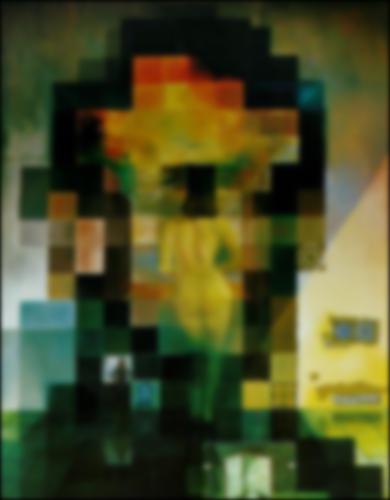

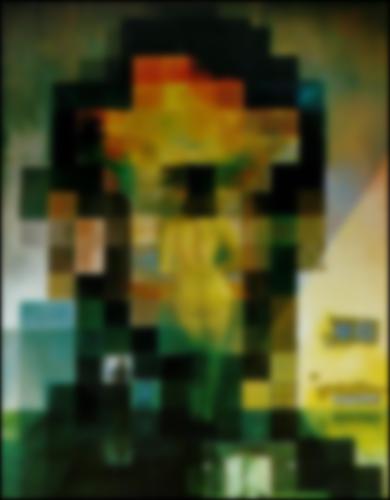
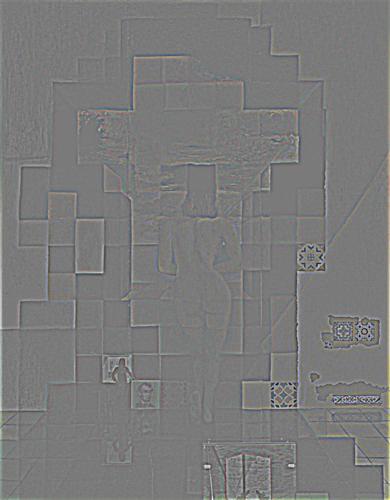
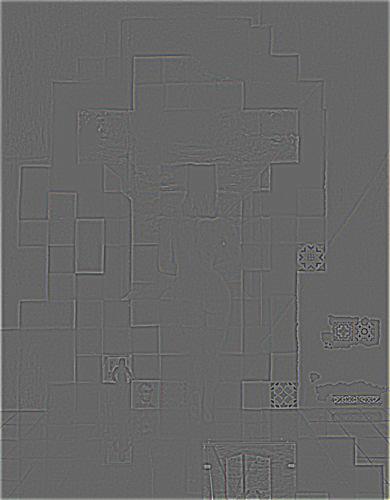
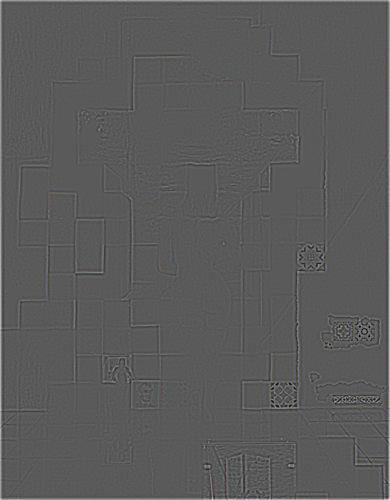
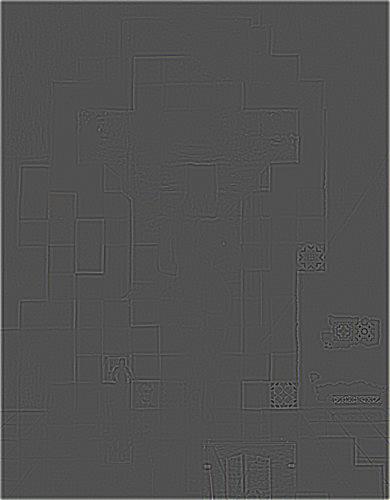

Part 2.4: Multiresolution Blending
For the multiresolution blending, we use the gaussian & laplacian stacks we implemented in the last section and this equation LS_l = GR * LA + (1 - GR) * LB at every level and sum up all of the levels to get an image spline. GR is the convolution between the mask and the gaussian stack and LA/LB is the laplacian stack convolved with the respective image.
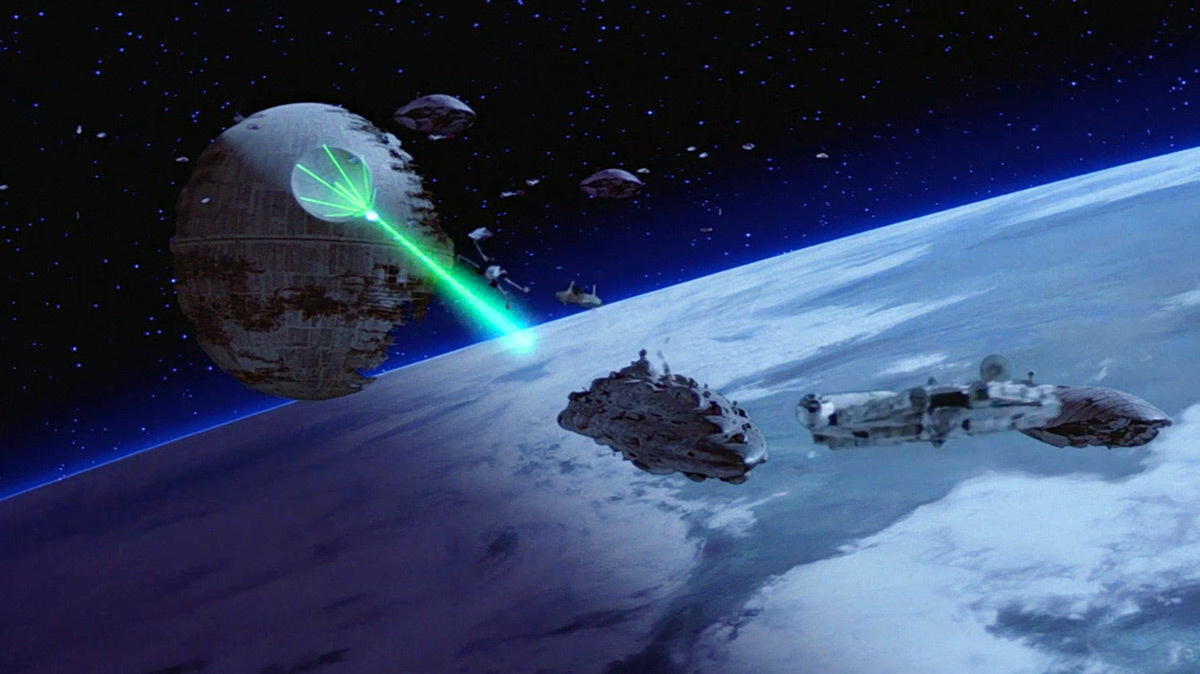
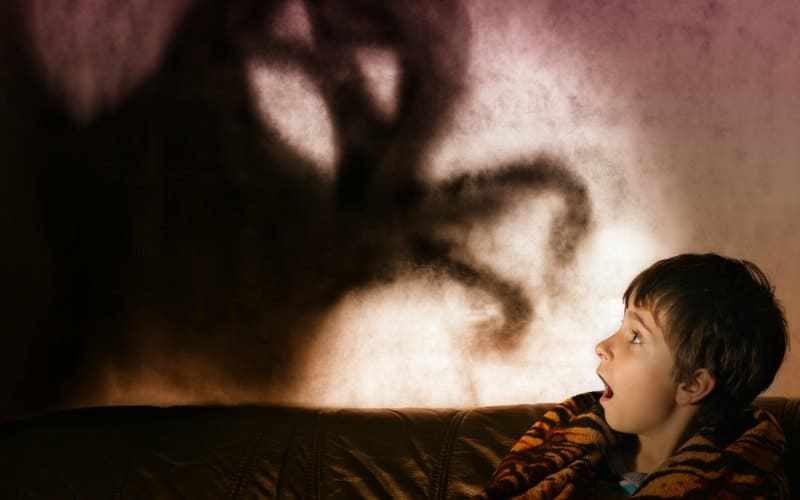

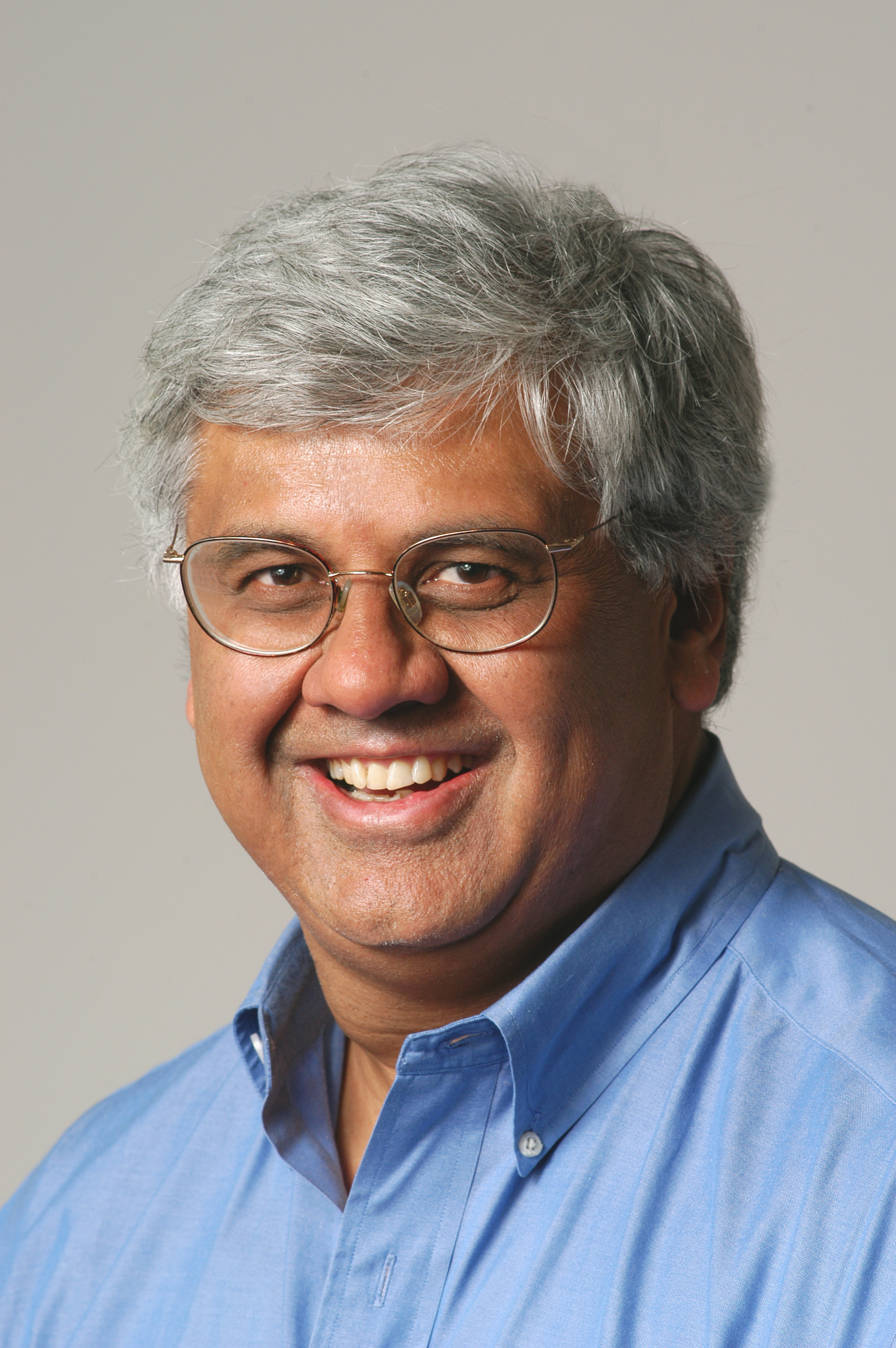

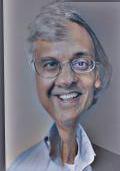
The most important thing I learned in this project is how to use gaussian and laplacians to blur/sharpen images and how to use those filters to combine images in a sensible way.